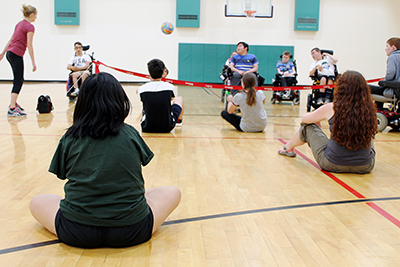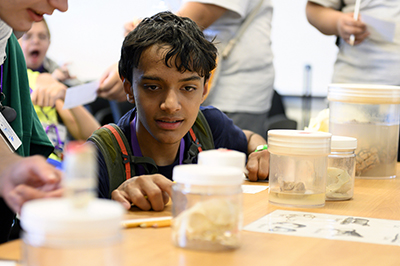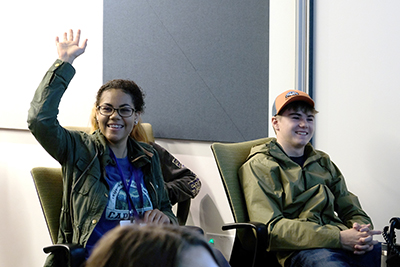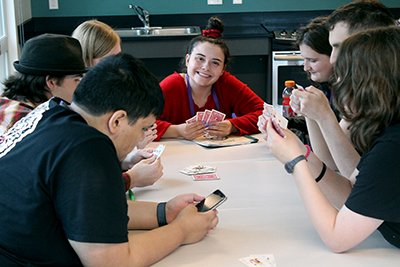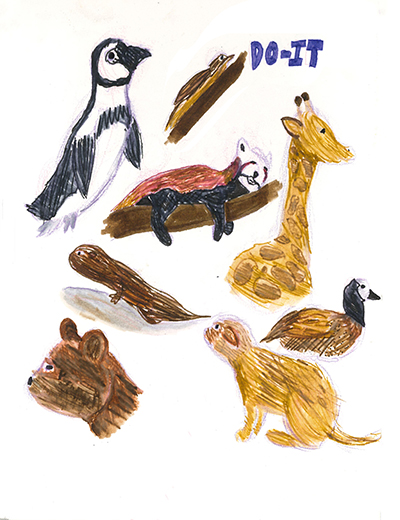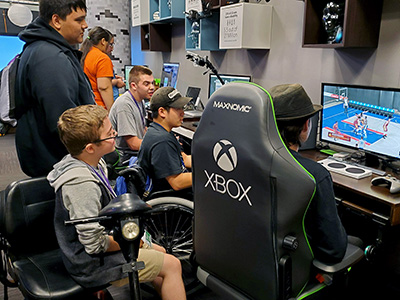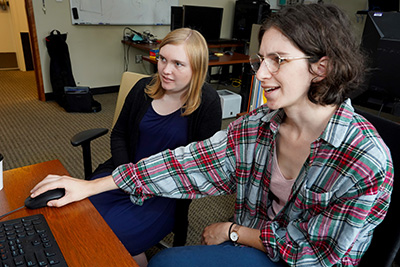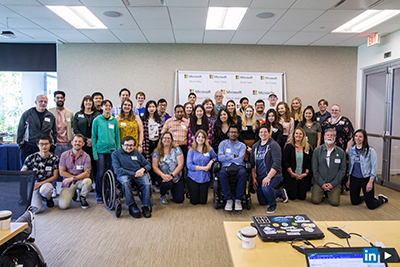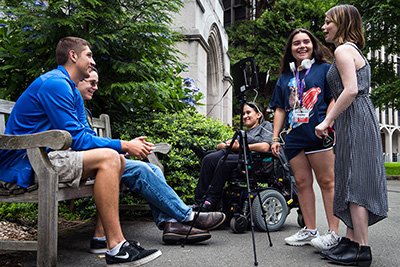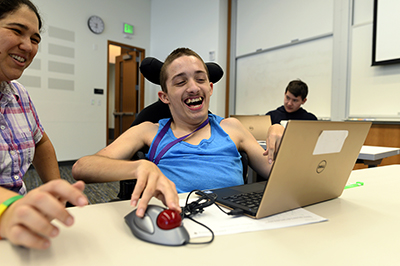2019 Trailblazer Award Winners
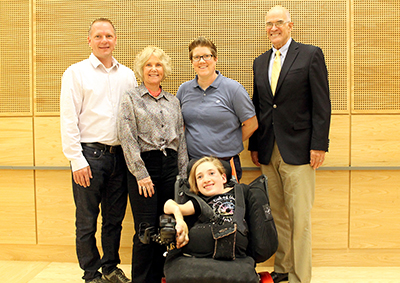
Scott Bellman and Sheryl Burgstahler (left) presented the Trailblazer Award to Bree Callahan, Lee Bassett, and Vanessa Link.
The DO‑IT Trailblazer award highlights DO‑IT community members who forge new pathways that benefit others. Through their hard work, they have changed the way the world views people with disabilities and have increased the potential of people with disabilities to succeed in college, careers, and community life. Congratulations to this year’s honorees!
Bree Callahan is a longtime ally of DO-IT participants, collaborator on DO-IT projects, mentor to DO-IT staff, and member of the DO-IT Advisory Board. She currently serves as the ADA/Section 504 Coordinator for the University of Washington (UW), after working for six years as the Director of UW Disability Resources for Students. She has completed work on two state legislative task forces that examine barriers for students with disabilities transitioning to Washington State higher education institutions. She’s served as president of the Washington Association on Postsecondary Education and Disability (WAPED) and as the chair of the standing committee on technology of the Association on Higher Education and Disabilities (AHEAD).
Lee Bassett, as a member of the DO-IT Advisory Board, has used his knowledge garnered from his many years as a special education professional to help students with disabilities. Lee has recruited qualified students from across Washington State to apply to the DO-IT Scholars program. His career has included classroom teaching, vocational evaluation, district administration, research and development, and professional development of educators. He spent most of his career with the Seattle Public Schools and later joined the Washington Research Institute as a senior researcher. After retiring, he continued working with Casey Family Programs leaders to develop and disseminate a model for college programs to better serve students formerly in foster care.
Vanessa Link, 2014 DO-IT Scholar and now DO-IT Ambassador, is a leader in the community through her disability advocacy and mentorship of younger Scholars. Vanessa graduated from Skagit Valley College with an associate degree and now attends the University of Washington where she is pursuing a degree in disability studies. Since 2016 she has worked at Rooted in Rights designing products for disability rights organizations all over the country. A recent project that focused on what it is like to navigate Seattle using a wheelchair was featured in the Seattle Times and other media outlets. Her advocacy for inclusive and accessible environments is paving the way for future generations.
To read about previous DO-IT Trailblazers, visit Trailblazers.
